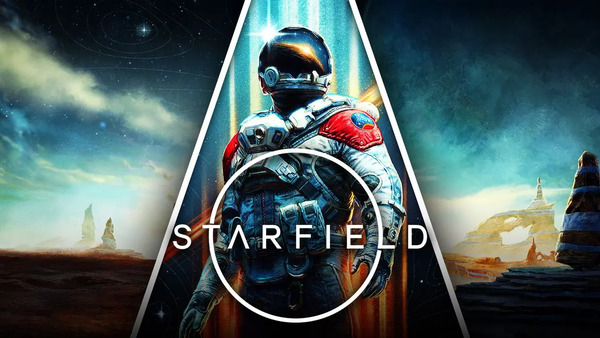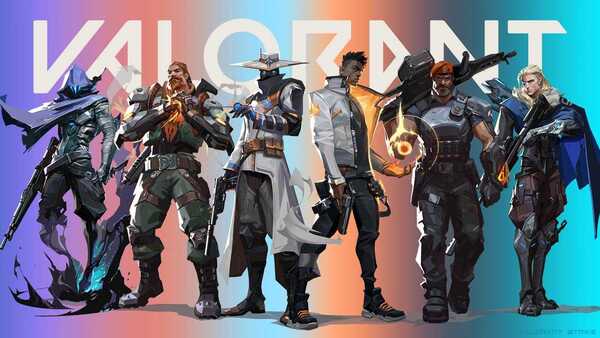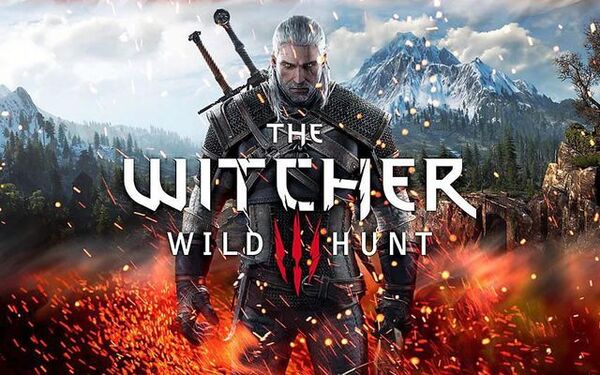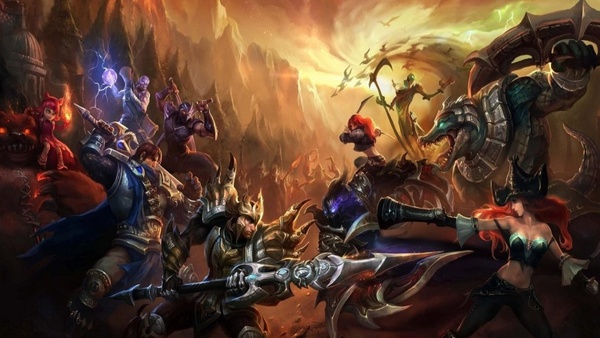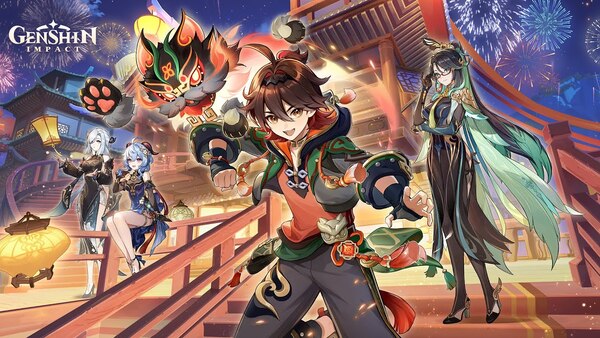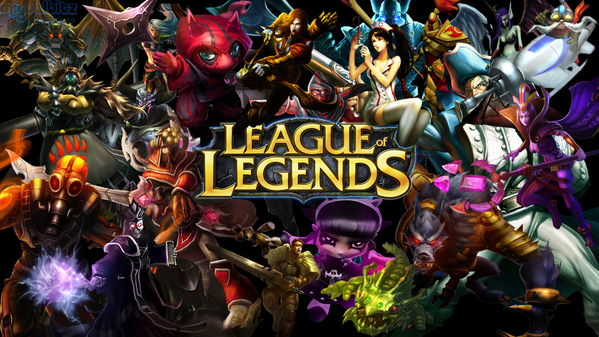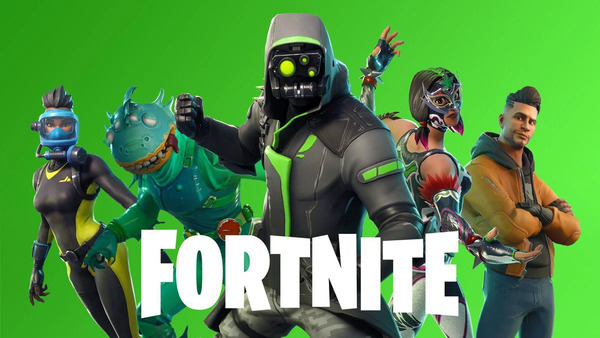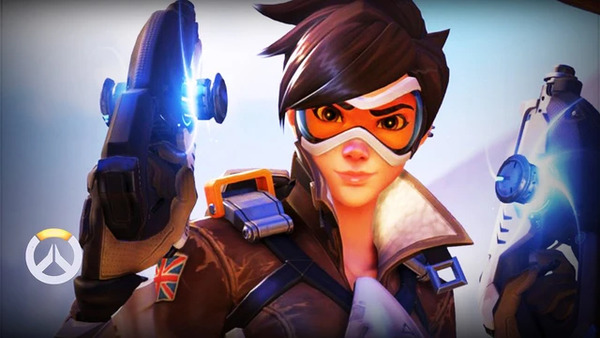Introduction: A New Contender in the Tactical Shooter Arena
Released globally on June 2, 2020, Valorant marked Riot Games’ bold foray into the first-person shooter genre after their massive success with League of Legends. Combining precise tactical gunplay with character-based abilities, Valorant offers a compelling alternative to classics like Counter-Strike: Global Offensive and Overwatch. With a clear emphasis on competitive integrity, strategic gameplay, and esports potential, the game quickly earned a dedicated fan base and a place among the most-watched titles on platforms like Twitch and YouTube.
So, after multiple seasons, balance patches, new agents, and a growing esports ecosystem—how well does Valorant hold up in 2025? Let’s dive into a full exploration of gameplay, mechanics, characters, community, and overall experience.
1. Development and Launch: Riot’s Strategic Leap into FPS
Valorant was developed under the codename Project A, with Riot promising a tactical shooter that emphasized low-latency, anti-cheat measures, and creative play through unique agents. The beta launched in April 2020, with access tied to Twitch drops—a move that skyrocketed the game's exposure.
Launch Strategy and Hype
-
Over 1.7 million concurrent viewers on Twitch during closed beta.
-
Riot built trust by investing in server infrastructure (128-tick servers) and Vanguard anti-cheat tech.
-
Valorant launched with 5 maps and 11 agents, setting a solid foundation for a live-service FPS.
Initial Reception
-
Critics praised the tight gunplay and balanced ability use.
-
Some questioned whether Valorant could dethrone CS:GO—but its growth proved otherwise.
2. Core Gameplay: Tactical Precision Meets Ability Variety
Valorant blends the team-oriented, economy-driven core of CS:GO with the hero-based structure of Overwatch. Matches are played in 5v5, best-of-25 rounds, where players alternate between attacking and defending sides.
Gunplay and Shooting Mechanics
-
Weapons include rifles (Phantom, Vandal), SMGs, snipers, and pistols.
-
Accuracy heavily depends on crosshair placement, movement, and recoil control.
-
“Time-to-kill” is low—meaning reaction time and precision are critical.
Agent Abilities
Each agent has:
-
One signature ability (free every round)
-
Two purchasable abilities
-
One ultimate charged through kills, spike plants, or orbs
Abilities range from vision blockers (smokes), flashbangs, movement tools, to recon utilities—ensuring diverse strategies.
3. Agents and Roles: Building the Perfect Team
Valorant’s agents are divided into four roles: Duelists, Initiators, Controllers, and Sentinels, each serving distinct purposes.
Role Breakdown
-
Duelists (e.g., Jett, Reyna): Entry fraggers with self-sufficient tools.
-
Initiators (e.g., Sova, Skye): Gather intel and break defenses.
-
Controllers (e.g., Viper, Omen): Map control through smokes and walls.
-
Sentinels (e.g., Killjoy, Sage): Lockdown and support roles.
Agent Diversity
-
As of 2025, there are over 25 agents, each with unique kits.
-
New agents released with each episode/act refresh the meta.
-
Riot consistently balances agents to ensure fair competitive play.
4. Maps and Strategic Depth
Valorant features multi-lane maps with tight corners, verticality, and multiple entry points, favoring strategy and communication.
Current Maps (2025):
-
Haven (3 bomb sites)
-
Bind (teleporters)
-
Ascent (mid-control focus)
-
Split (vertical lanes)
-
Breeze, Fracture, Pearl, Lotus, Sunset, and others.
Tactical Opportunities
-
Each map encourages unique playstyles.
-
Agents synergize differently per map (e.g., Viper on Breeze).
-
Regular rotations in competitive map pool keep strategies fresh.
5. Ranked Play and Competitive Integrity
Valorant’s ranked ladder is structured across 9 tiers:
-
Iron → Bronze → Silver → Gold → Platinum → Diamond → Ascendant → Immortal → Radiant
Matchmaking System
-
MMR-based ranking, with hidden performance factors.
-
Promotion/demotion based on win/loss and round performance.
-
Regular rank resets with each episode to maintain progression goals.
Esports Influence
-
Valorant’s ranked environment feeds into semi-pro scouting.
-
Premier Mode now allows players to build teams, join tournaments, and qualify for pro-level events.
6. Visuals, Art Style, and Performance
Valorant embraces a clean, stylized art style, prioritizing clarity over photorealism, ideal for competitive play.
Visual Design
-
Characters and maps are colorful but functional.
-
Visual effects (smokes, flashes) are clear and distinguishable.
-
Performance-focused design ensures high frame rates on low-end PCs.
System Requirements and Optimization
-
Minimum specs: Intel i3, 4GB RAM, Intel HD 3000 GPU
-
Can run at 100+ FPS on mid-tier laptops
-
Optimized netcode for low input latency and desync prevention
7. Anti-Cheat and Security: Vanguard in Action
One of Riot’s biggest priorities has been game integrity, enforced through its Vanguard anti-cheat system.
Vanguard Explained
-
Kernel-level anti-cheat, active on system boot
-
Controversial but effective in banning cheaters
-
Regular updates to detect third-party tools and aimbots
Community Trust
-
Some players voiced privacy concerns initially.
-
Riot increased transparency, and results have been positive.
-
Ranked and pro play feel largely free of blatant cheaters.
8. Esports Ecosystem and Global Success
Valorant’s esports infrastructure is one of the fastest-growing globally, thanks to Riot’s structured Valorant Champions Tour (VCT).
VCT Tiers:
-
Challengers – Regional events
-
Ascension – Promotion to pro leagues
-
International Leagues – Americas, EMEA, Pacific
-
Champions – The year’s culminating world event
Notable Organizations:
-
Sentinels, Fnatic, Paper Rex, LOUD, Team Liquid, DRX
Valorant Champions matches attract millions of viewers, showcasing Riot’s dominance beyond MOBAs.
9. Community and Creator Culture
Valorant boasts a massive creator community, with players producing:
-
Frag movies
-
Agent lore breakdowns
-
Skins reviews
-
Meme content
Social Presence:
-
Highly active on Reddit, Twitter, TikTok, and YouTube
-
Riot frequently features fan art and community clips
-
Strong female, LGBTQ+, and global representation
Custom Game Modes:
-
Spike Rush, Deathmatch, Escalation, and Custom Rooms allow casual and training gameplay.
-
Sandbox modes now allow players to simulate pro-level situations.



















